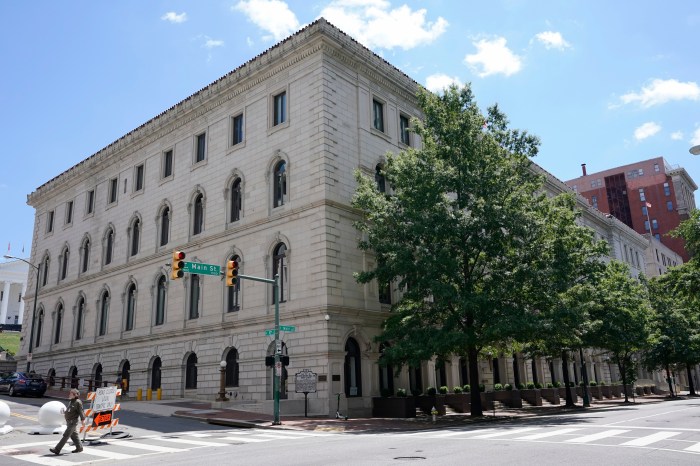On Thanksgiving, families across the country will sit down at tables piled high with home-cooked food, but not everyone has the means to eat a big, healthy meal.
One in nine people in Massachusetts struggle with food insecurity and hunger every day, at the same time that about 40 percent of the food grown in America goes to waste. That’s why, for the third year in a row, the Cambridge-based anti-hunger organization Food for Free and the nonprofit Boston Area Gleaners are teaming up for their “10 tons in 10 days” challenge. The two organizations will collect and distribute more than 10 tons of fresh of fresh, locally grown produce ahead of the holiday — including Thanksgiving dinner staples like apples, carrots, potatoes, squash, greens, herbs and onions — to food pantries, shelters and even individually through home delivery to those who are elderly or disabled. “Not only are we getting folks everything they need for Thanksgiving, [but] it is the best, freshest, most nutritious food you could possibly get, and rather than getting plowed back into the fields it’s going to folks who most need it,” said Sasha Purpura, executive director of Food for Free. Duck Caldwell, executive director of the Boston Area Gleaners, explained that farmers always plant more crops than they need because of how unpredictable farming can be. With pests, weather and other factors, they never know how much they’ll harvest at the end of the season. When things turn out OK, those extra crops become surplus, since farmers can only sell so much at markets and to stores, and they end up plowing the produce back into the fields. It’s also not financially worth the time and effort to pay workers to pick the last few crops, but that’s where the Gleaners come in: volunteers harvest the leftover crops for donation. “We work with very generous farmers who understand the need to feed the whole community, even if [some residents] can’t pay market price,” Caldwell said. Boston Area Gleaners collect produce from more than 70 local farms. On Thursday morning, workers with both organizations helped fill two trucks with about 5,000 pounds of produce. Though an impressive amount, it’s just a small portion of what they’re collecting to help feed Massachusetts residents next week. The “10 Tons in 10 Days” challenge equals 20,000 pounds of produce, and Caldwell expects they’ll easily break that goal. Collecting food before it’s wasted does more than just help the farmers and feed hungry mouths, Purpura said. It’s an environmental issue, in that produce that enters landfills creates methane gas. Furthermore, the large amount of fresh water used to grow and process food is wasted when that food is dumped into landfills— a major issue considering the drought. It also all factors into public health, Purpura said.
“In this country, food insecurity or hunger often go hand in hand with obesity and diet-related disease. Fatty, low nutrition, high-calorie food is cheap, fresh vegetables are expensive,” she said. “When people see others struggling with obesity and other diet-related disease, they can’t conceive of there being a food issue, but it truly is. It’s not just poor choices — they don’t have choices.” That misunderstanding is a big reason why so many people aren’t aware of this issue, Purpura said. Though Thanksgiving has become associated with donating food and working at shelters, these people aren’t only struggling once a year. “I had no idea of the extent of it before I started working in this field, so I think it’s hard to realize how many of your neighbors struggle,” Purpura said. “The one message we like to send is it’s year round. We appreciate the increased interest during the holidays, but its year round that folks struggle with hunger.” Organizations involved with “emergency food” are tight-knit in the Greater Boston area, Purpura said. Boston Area Gleaners also donates food to the Greater Boston Food Bank (GBFB), which relies on Food for Free to distribute to some programs that don’t have their own means of transportation. Through Food for Free and the other 550 agencies in its network, GBFB serves about 90,000 people a week throughout the year, said Catherine D’Amato, president and CEO of GBFB.
Along with the “10 Tons in 10 Days” Food for Free, which is the nation’s first food rescue program, and the Gleaners are collecting ahead of Thanksgiving, GBFB itself will serve about nine million meals throughout the holiday season. “Food is such a core component of the holidays and that’s about more than just nutrition. It matters for a strong and healthy and happy community,” Purpura said. “To be able to get these folks all the fixings, a full Thanksgiving dinner, it’s so important.”


















